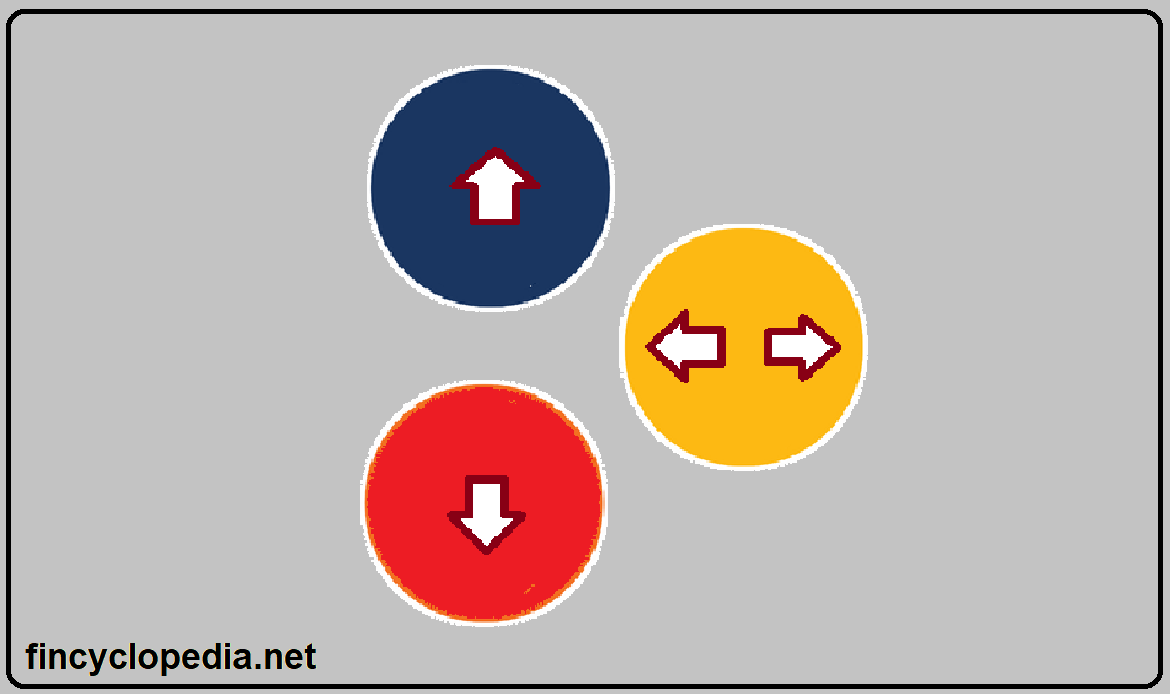A non-monetary asset is a non-monetary item that an entity has on its financial statements and that is not a monetary item– that is, it cannot be quickly converted to cash or cash equivalents (or monetary assets), and its value is subject to changes due to external factors beyond the control of an entity. It is an asset that is not a monetary asset. In other words, it is an asset that is not in a monetary form: it has a non-monetary value that can change over time depending on market and economic conditions.
Non-monetary assets are generally carried at cost or cost adjusted for depreciation; hence these assets are measured at amounts current (prevailing prices) at the date of acquisition.
Examples of non-monetary assets include physical assets such as machinery and equipment (generally PPE). These assets are non-monetary because their value generally changes (decreases) over time, either with usage (and corresponding depreciation effect) or obsolescence. Likewise, inventory is a non-monetary asset because it can lose its value or part thereof due to obsolescence. Other examples are patents, goodwill, buildings, etc.







